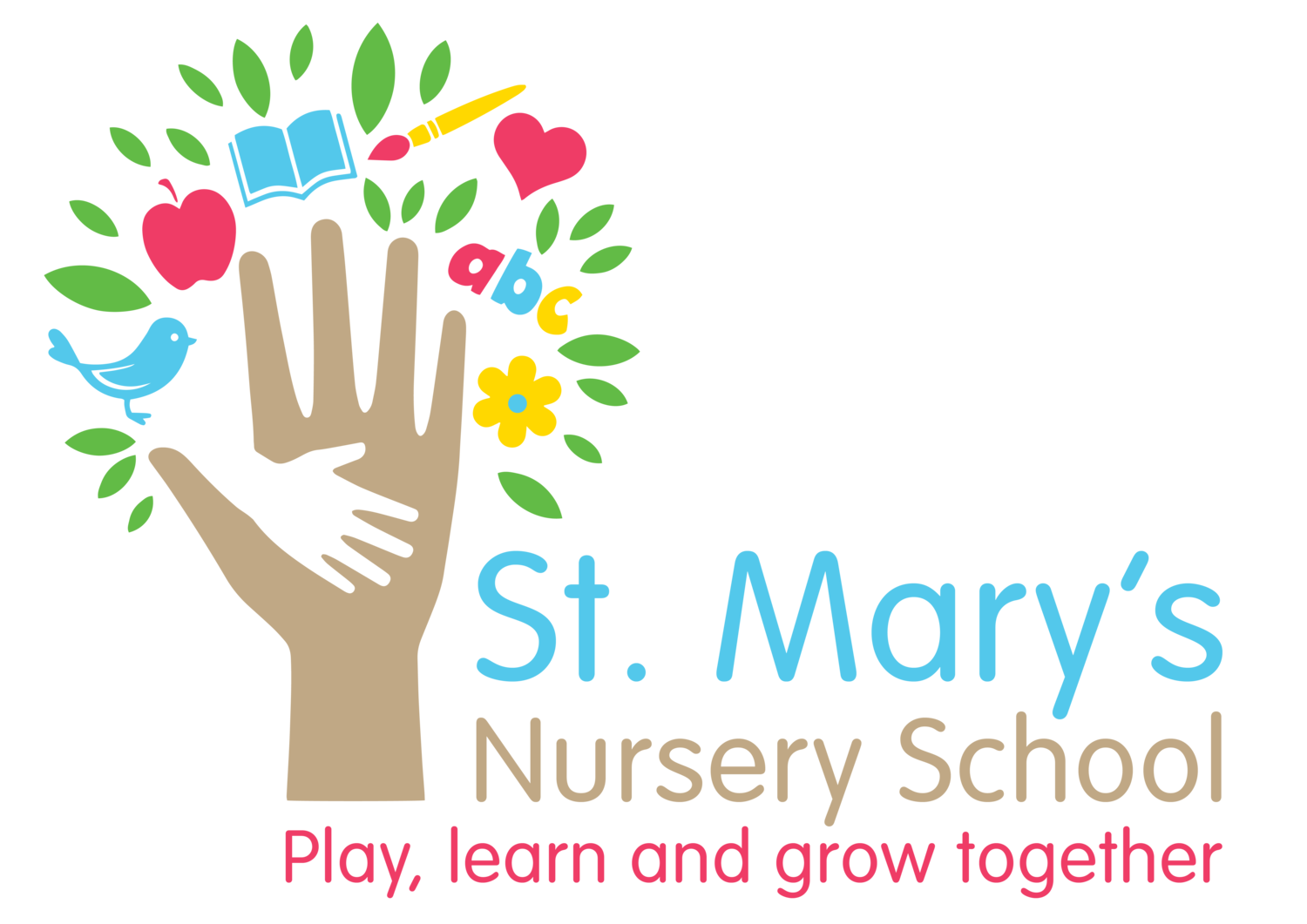This week at nursery we have been learning about Diwali, the Hindu festival of lights. At this time of year, Hindu families celebrate this festival with lavish firework displays and by filling their homes with little oil lamps - this signifies the illumination of heart and mind, and the casting out of darkness. To extend your child's learning about this festival, why not try this week's craft: GLITTER DIWALI LIGHTS.
For this you will need:
- A clean glass jam jar with lid
- White glue
- Glitter
- Paintbrush
- Contact paper (one-sided sticky paper)
Now I know what you're thinking: glitter?! Are they crazy? But to make these lights we're putting the glitter inside the jars, so hopefully it won't go absolutely everywhere...!
- Wash and dry your glass jar so they're good and clean inside.
- Cut a shape out of contact paper - a heart, star, flower, up to you! - and stick it inside the jar.
- With a paintbrush, brush a coat of glue all over the inside of the jar.
- Pour the glitter into the jar. Be generous, as you want to be able to completely cover the inside of the jar.
- Screw the lid back on the jar, then shake, shake, shake it until the glitter covers the whole of the inside.
- Remove the lid, give it a rinse and then stick it in the recycling! Any excess glitter can be tipped back into the glitter pot for future craft projects.
- Carefully remove the contact paper shape from the inside of the jar.
- Let the glue dry for a couple of hours.
- When the glue is dry, pop a tea light inside and enjoy your Diwali light! If you don't want to use a naked flame, or if you're not sure whether your glitter is inflammable, then there are some great battery operated tea lights available.








































